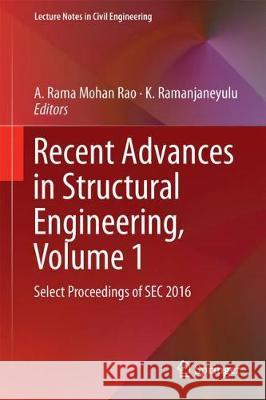Recent Advances in Structural Engineering, Volume 1: Select Proceedings of SEC 2016 » książka
topmenu
Recent Advances in Structural Engineering, Volume 1: Select Proceedings of SEC 2016
ISBN-13: 9789811303616 / Angielski / Twarda / 2018 / 1172 str.
Recent Advances in Structural Engineering, Volume 1: Select Proceedings of SEC 2016
ISBN-13: 9789811303616 / Angielski / Twarda / 2018 / 1172 str.
cena 778,22 zł
(netto: 741,16 VAT: 5%)
Najniższa cena z 30 dni: 771,08 zł
(netto: 741,16 VAT: 5%)
Najniższa cena z 30 dni: 771,08 zł
Termin realizacji zamówienia:
ok. 20 dni roboczych.
ok. 20 dni roboczych.
Darmowa dostawa!
Kategorie:
Kategorie BISAC:
Wydawca:
Springer
Seria wydawnicza:
Język:
Angielski
ISBN-13:
9789811303616
Rok wydania:
2018
Wydanie:
2019
Ilość stron:
1172
Waga:
2.17 kg
Wymiary:
23.5 x 15.5
Oprawa:
Twarda
Wolumenów:
01











